Agriculture Development in India
In the state of Jammu and Kashmir, agriculture plays a very prominent role for development of economy with distinct geographical outlook of three agro climatic zones of Jammu, Kashmir and Ladakh wherein each zone having its own particular climatic character that describes its cropping pattern and productivity. The average land holding in the state is (0.67 ha) and majority of the farmers (78 per cent) in the state are marginal having less than 1ha land holding. Irrigation is the artificial application of water to the land or soil. The net area sown in the State during 2013-14 was 741 thousand hectares, whereas the gross area sown (total area sown under different crops) was 1160 thousand hectares and 41 per cent of the net sown area is irrigated by different sources and remaining area is rain fed. About 89 per cent of the net area irrigated is irrigated through canals while tanks, tubes wells and other means are also used. Fisheries and sericulture sectors occupy a very important place in the socio-economic development of the state. It has been recognized as a powerful income and employment source for a large section of economically backward population of the country. Annually about 1022 MT of cocoons are produced generating an income of about Rs. 2026.00 Lakhs from these silkworm rearers coupled with the annual employment generation to the tune of 3.5 Lac man days (3.0 Lac-farm and 0.50 Lac off-farm). Thus, agriculture development still provides a crucial foundation for growth in agricultural and non-agricultural sectors in view of its contribution towards labour employment. Paddy and fruits are the main crops of Kashmir, followed by maize, oilseeds, pulses, vegetables, fodders and wheat. In Jammu region wheat is the predominant crop followed by maize, paddy, pulses, oilseeds, fodder, vegetables and other crops while in Ladakh, barley is the major cereal crop followed by wheat. In this book, an attempt has been made to evaluate agricultural development in India and J&K.
Get it now and save 10%
BECOME A MEMBER

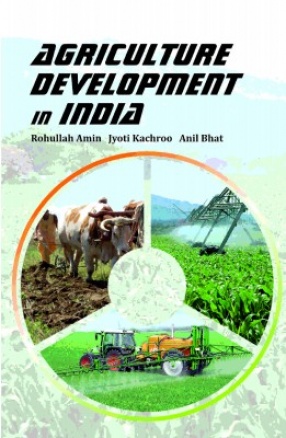
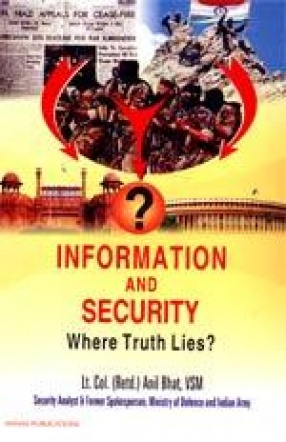
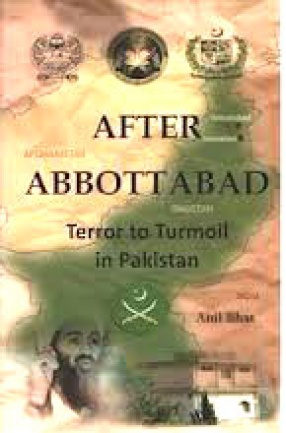
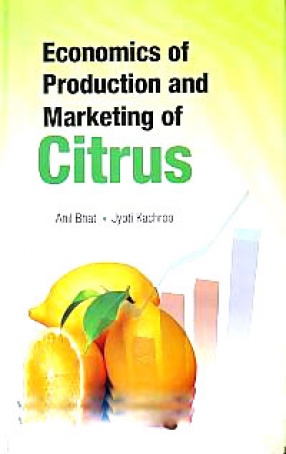
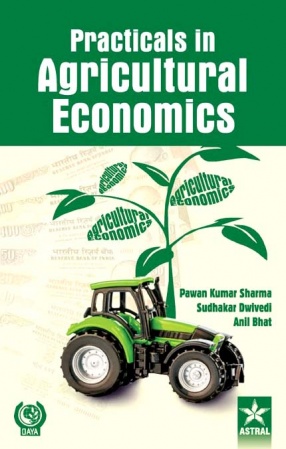
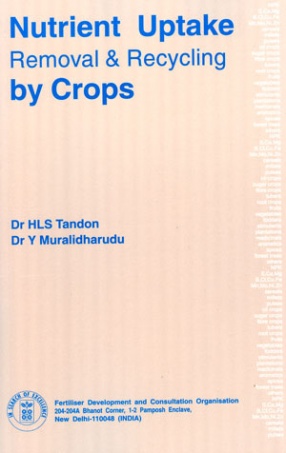
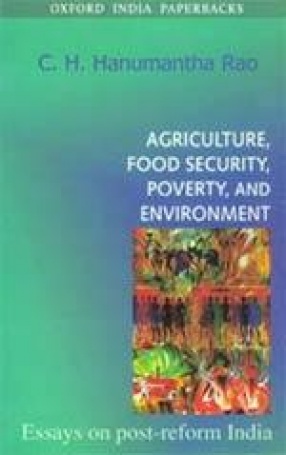
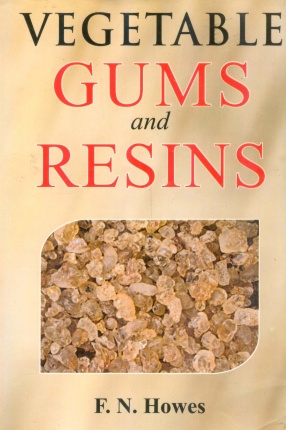
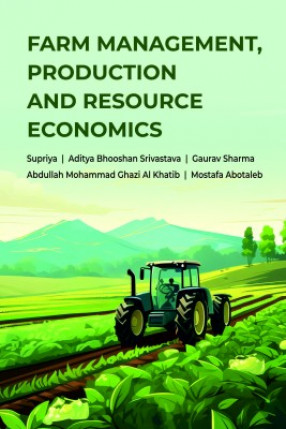

Bibliographic information
Jyoti Kachroo
Anil Bhat